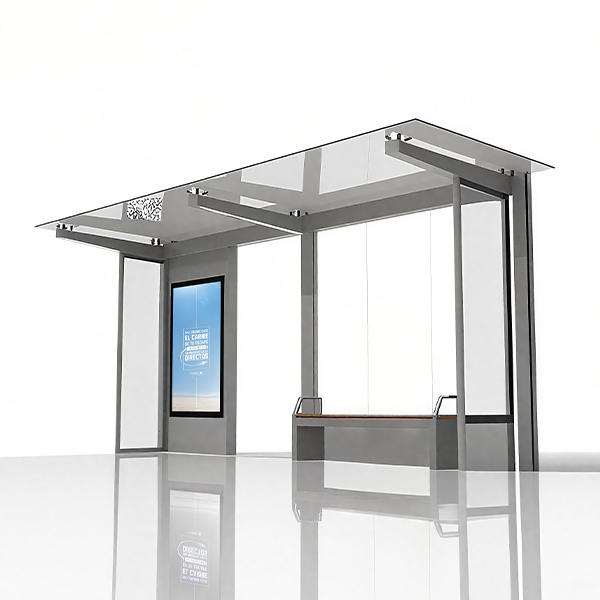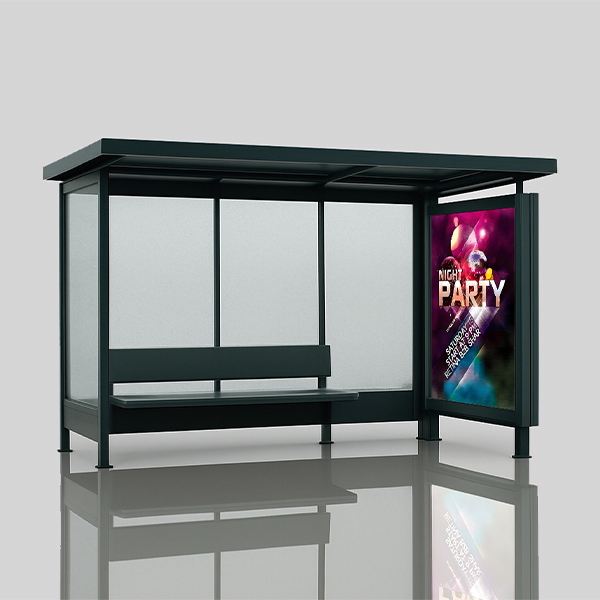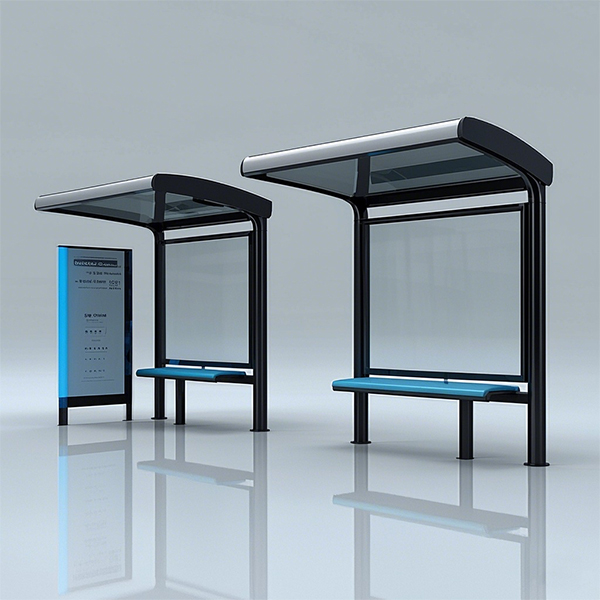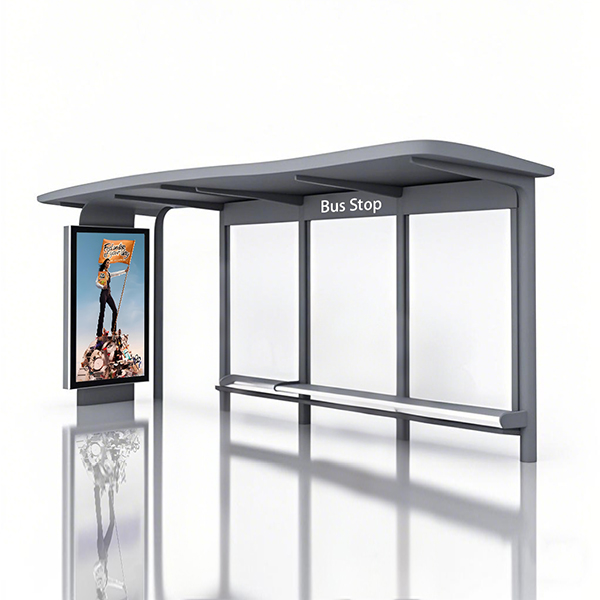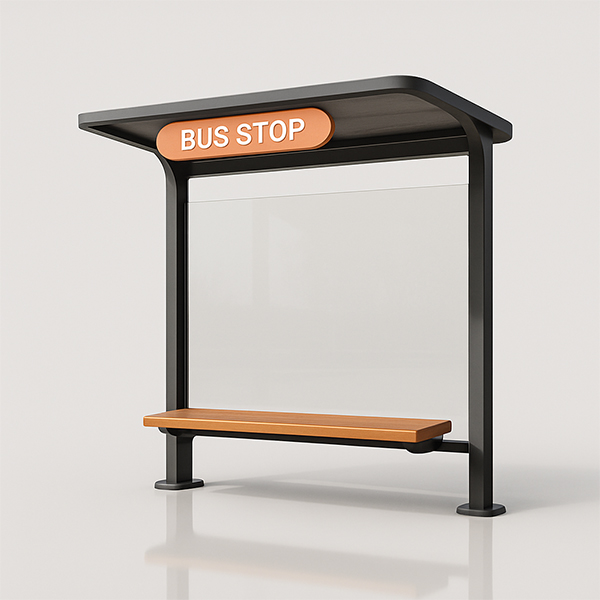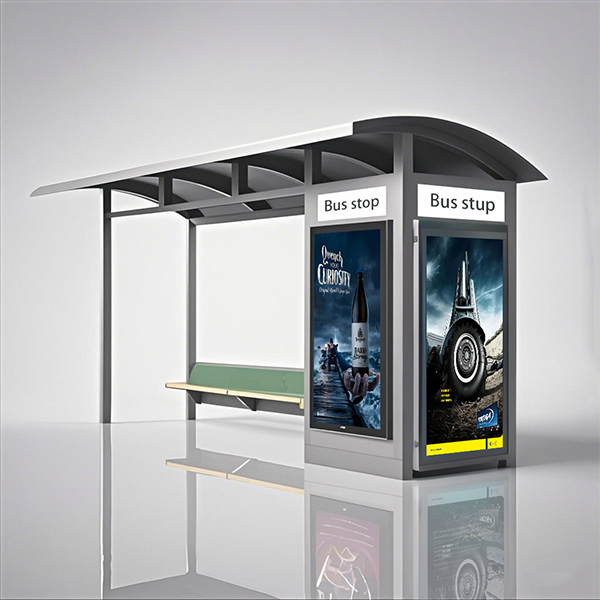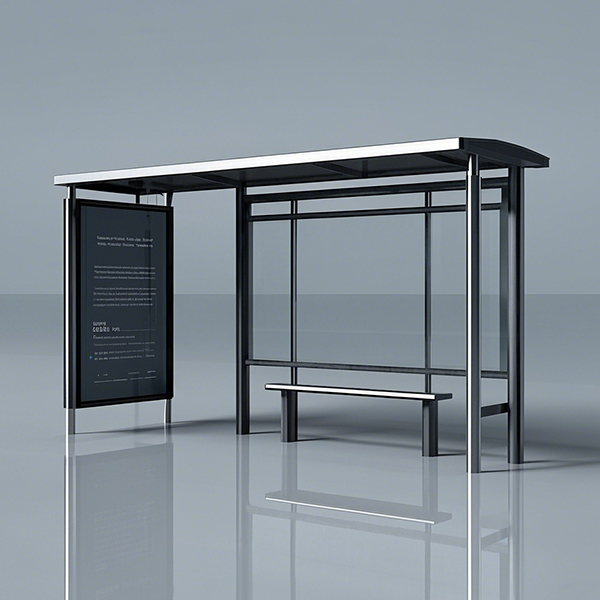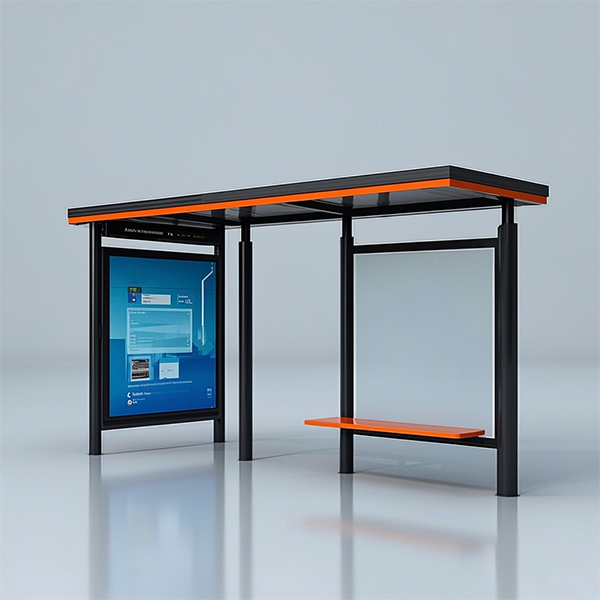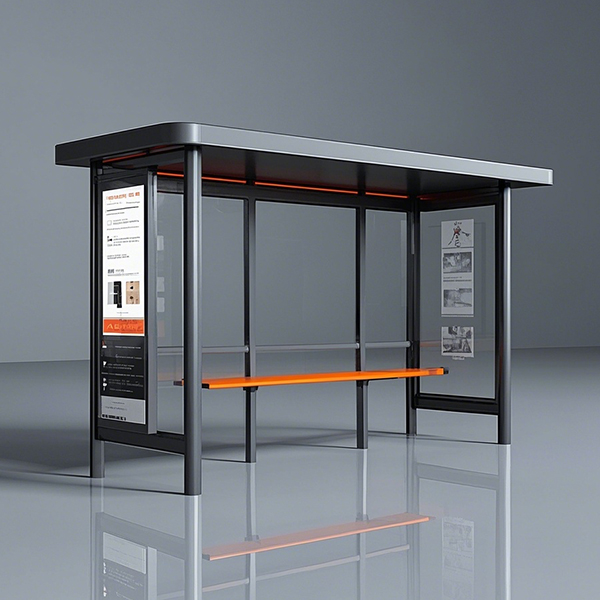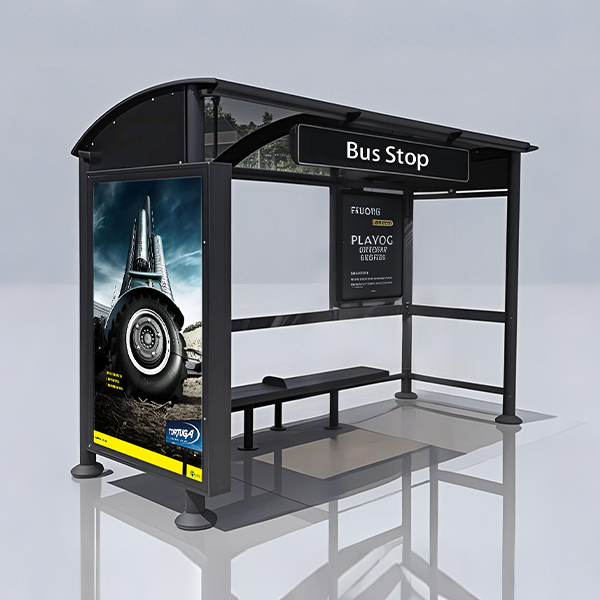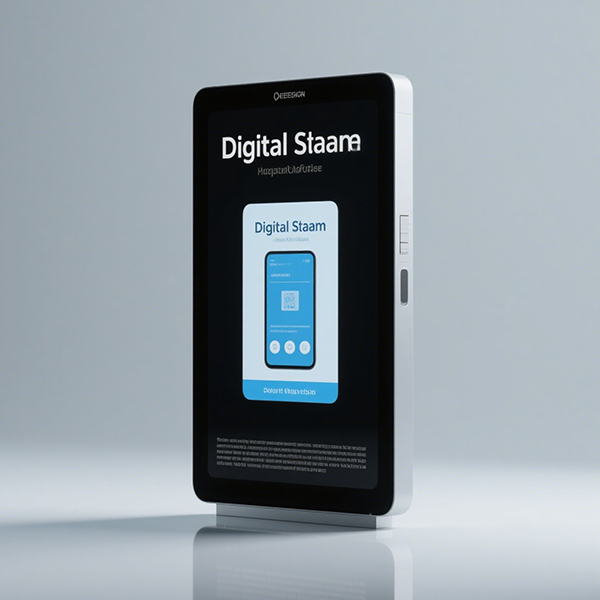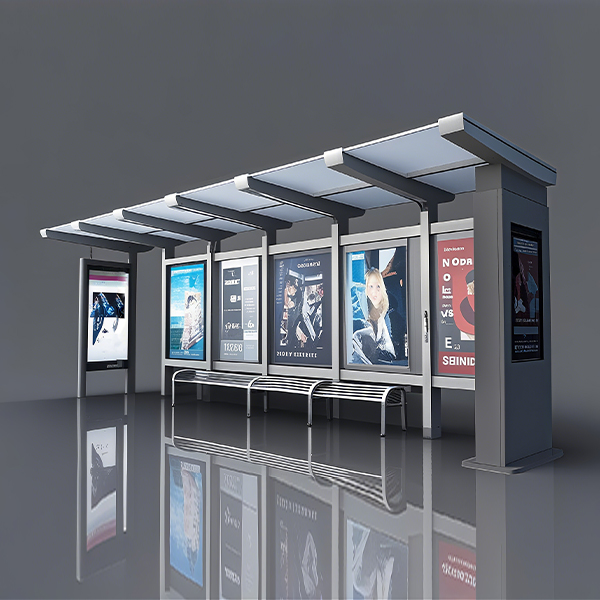
Bus Shelter for Disabled
Creating truly inclusive public spaces requires careful consideration of the needs of all users. For individuals with disabilities, access to public transportation is crucial for independence and participation in society. This guide focuses on the design and implementation of accessible bus shelters for disabled individuals, offering practical advice and best practices.
Key Considerations for Accessibility
Accessibility Standards and Regulations
Designing an accessible bus shelter for disabled individuals necessitates adherence to relevant accessibility standards and regulations. These regulations vary by location, so it's crucial to research and comply with local and national guidelines. Common standards often include provisions for wheelchair access, clear signage, and adequate lighting. Familiarize yourself with the Americans with Disabilities Act (ADA) guidelines in the United States, or equivalent standards in your region, to ensure compliance. Understanding these regulations forms the foundation of inclusive bus shelter design.
Wheelchair Accessibility
Providing ample space for wheelchair users is paramount. This involves ensuring sufficient width for maneuvering wheelchairs, clear pathways without obstructions, and ramps with appropriate gradients. Consider the turning radius required for wheelchairs and ensure sufficient space is available at all points within the shelter. The entrance and exit points must also be easily accessible, with adequate space for wheelchairs to approach and depart the shelter comfortably. Ramps should meet or exceed ADA standards in gradient and length to accommodate all types of wheelchairs.
Seating and Sheltering
The bus shelter should provide secure and comfortable seating for disabled individuals. Consider incorporating features like armrests for support and appropriate seat height for easy transfer from wheelchairs. Weather protection is critical; the shelter should offer adequate protection from rain, wind, and sun. Materials should be durable, weather-resistant, and easy to maintain. We suggest considering materials such as powder-coated steel or durable composite materials, often seen in high-quality bus shelters.
Signage and Wayfinding
Clear and accessible signage is essential for all users, especially those with visual impairments. Tactile signage, braille, and contrasting colors can significantly improve wayfinding. Signage should clearly indicate the location of the bus shelter, bus routes served, and nearby amenities. Good lighting is also critical for visibility at night.
Lighting and Safety
Adequate lighting ensures safety and security for all users, especially at night. Well-lit bus shelters provide a sense of security and make it easier for individuals with visual impairments to navigate the area. Consider using energy-efficient lighting options that are also vandal-resistant. Emergency call buttons or other safety features can enhance security and improve response time in case of emergencies.
Materials and Technologies for Accessible Bus Shelters
Selecting the right materials and technologies is crucial in creating durable, safe, and accessible bus shelters for disabled individuals. For example, robust, weather-resistant materials minimize maintenance and ensure longevity. Consider incorporating smart technologies, such as real-time bus arrival information displays, to improve the user experience. Many modern bus shelters incorporate digital displays showcasing real-time transit information. These displays should adhere to accessibility standards, offering clear, large text and auditory feedback options.
Examples of Accessible Bus Shelter Designs
Numerous examples of accessible bus shelter designs exist worldwide. Researching successful implementations in your area can offer valuable insight and inspiration. Consider studying designs that incorporate sustainable materials, intelligent lighting systems, and user-friendly features. Many cities actively promote designs prioritizing inclusivity and accessibility.
Conclusion
Designing and implementing accessible bus shelters for disabled individuals is not merely a matter of compliance; it’s a commitment to creating inclusive and equitable public spaces. By incorporating best practices, utilizing appropriate materials and technologies, and adhering to relevant accessibility standards, we can ensure that everyone can enjoy safe, convenient, and dignified access to public transportation. For more information on high-quality, accessible public infrastructure solutions, visit Shandong Luyi Public Facilities Co., Ltd., a leading provider of innovative and accessible public facilities.
Соответствующая продукция
Соответствующая продукция









